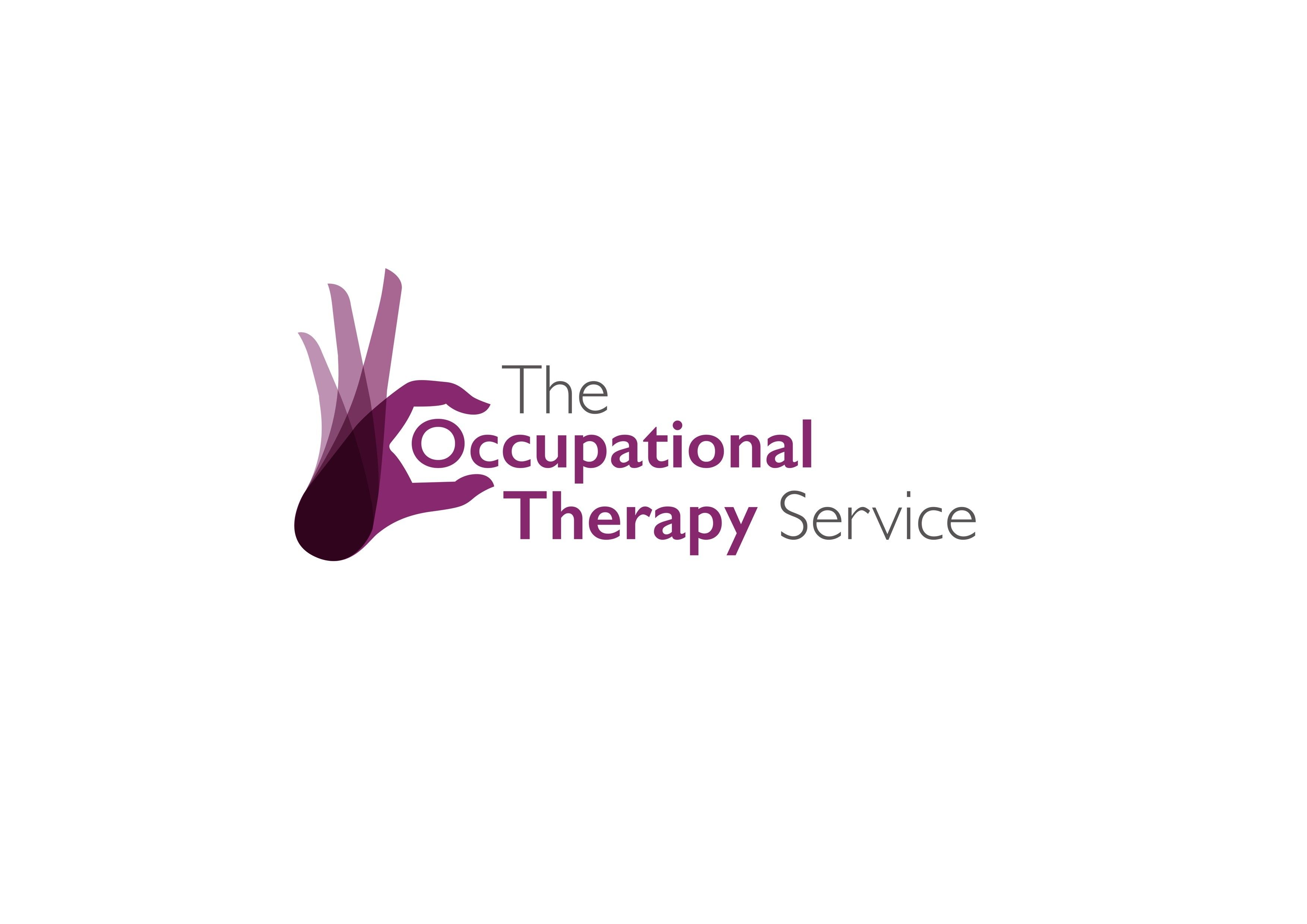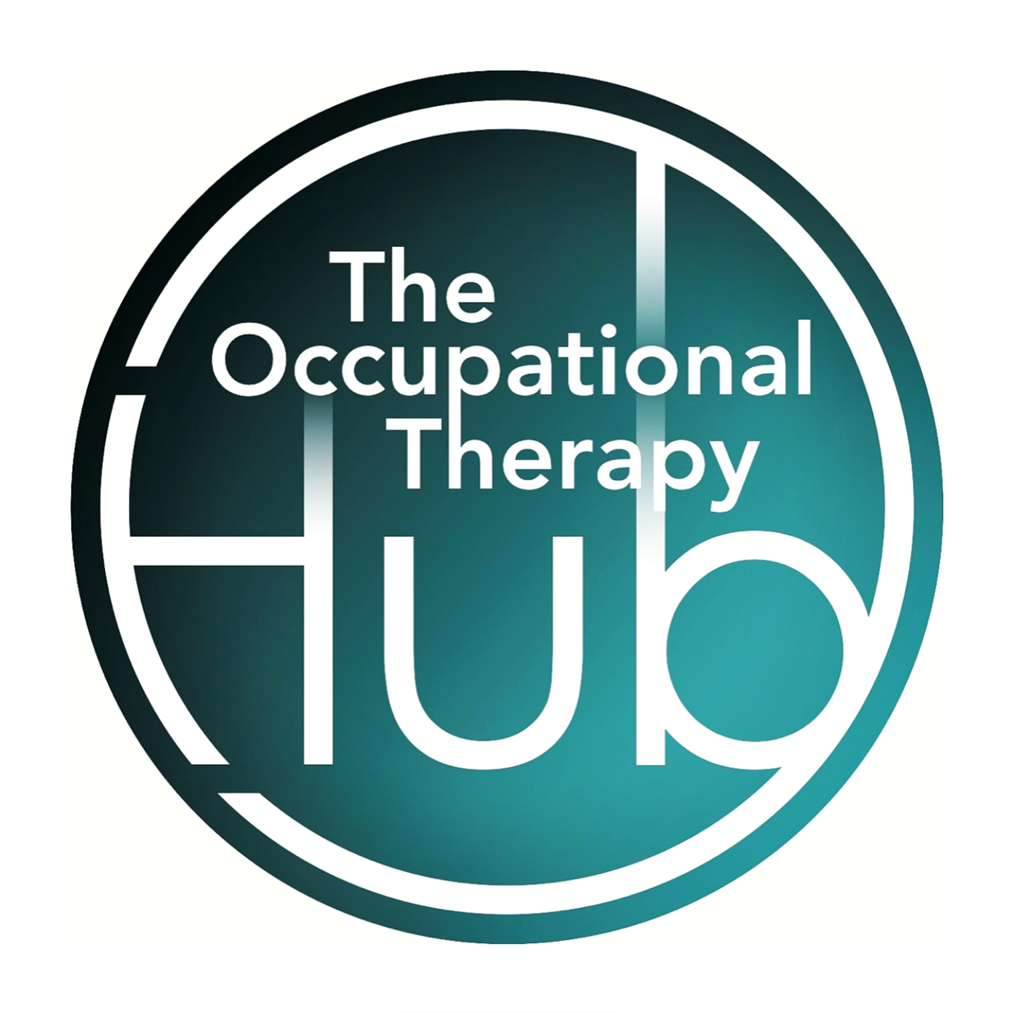Why Sensory Tools Beyond Childhood Matter; Insights from Neuroscience
)
It confirmed something we’ve seen time and time again in our work with adults and teens:
1. The body is a social organ.
The vestibular system, yes, the same one we target through swings and balance boards with kids, is also deeply involved in how we recognise and understand other people’s actions. The researcher showed that when vestibular input is disrupted, people find it harder to understand what others are doing, unless they compensate by relying more on vision. This mirrors what many young people and adults we work with describe: fatigue, overwhelm, or social confusion in busy, unpredictable environments.
This is precisely why our sensory ladders matter. They help people see and name how their systems respond, and then scaffold new ways to support themselves.
2. Emotion, movement, and perception are a team.
When people see emotional body language, like fear or stress, their motor systems get involved. The brain kicks into preparation mode even when the image is grainy or distorted. This tells us something powerful:
The body responds to emotional context before we think it through.
Which makes sense. The people we support often can’t name what’s happening, but they feel it in their bones and stomachs and urge to flee or freeze.
Sensory Spiders help map that territory. They let us work together with the person to decode and gently bring language to that felt experience.
3. Motor familiarity reduces cognitive load.
The research found that trained dancers could understand and feel confident watching complex movements. Why? Because their bodies knew those movements. Meanwhile, non-dancers had to think hard to keep up.
This was such a clear neuroscience validation of what many autistic, traumatised, or highly sensitive individuals say: “When I don’t know what’s going to happen next, it’s exhausting.”
It’s also why co-producing Sensory Spiders and Grids as practical tools is essential. They support and scaffold planning out the day, the task, or the spaces that can help calm the nervous system. Predictability supports participation.
4. Motor imagery supports brain plasticity and recovery.
One of the most exciting parts? The researcher combined motor imagery with robotic movement to help stroke survivors recover function. It’s that same “thinking in the body” principle, using internal visualisation to re-pattern action and connection.
This is exactly what we do when we rehearse regulation using Sensory Ladders, Spiders and Grids, drawing out preferred inputs with Sensory Spiders, or to co-create movement plans. We support internal representation, strengthening the link between intention, perception, and action.
It’s not “just sensory play.” It’s brain-building.
So, why does this matter?
Because sensory integration doesn’t stop in childhood.
Because teens and adults still need to:
· Understand how their internal states show up in the world.
· Be seen and supported in co-regulation.
· Connect their body stories to their goals, hopes, and participation in everyday life.
And because the tools we co-create, Sensory Ladders, Spiders, and Grids, ‘make the invisible visible’ (Smith, 2023), they honour the complexity of being a sensory being navigating the world, with all its noise, light, relationships, and demands.
Final thoughts from my desk…
I read this thesis not to tick a research box, but because I was looking for the evidence of where neuroscience and practice collide – when science and practice meet. And here it is.
It reminds us that our work is deeply grounded. Neuroscience is catching up with our work; co-created Sensory Spiders and Sensory Ladders, drawn in colour pencil or pen, are part of something powerful and needed.
Let’s keep showing the world that sensory integration belongs across the lifespan. Let’s keep making it visible, accessible, person-led, and, most importantly, fun.
With purpose
Kath



















)

